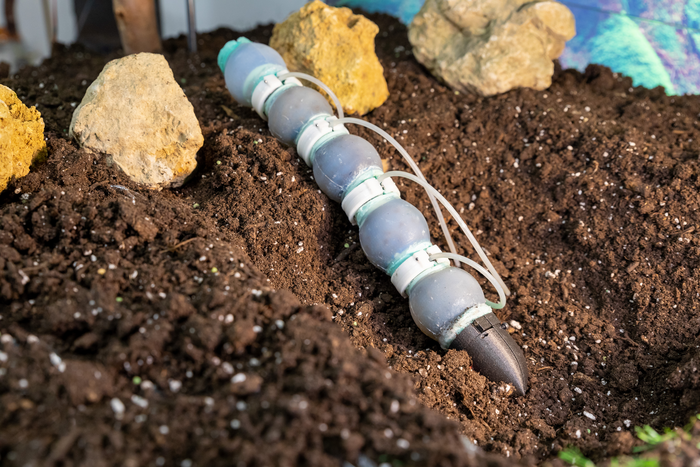UNSECO’s Flood Resilience Group (FRG) is charged with studying and making recommendations about flood risk management worldwide. The group studies previous and ongoing flooding events, such as Fukushima, to glean scientific knowledge and practical approaches to flood resilience in vulnerable areas.
The country with the most experience in flood management over the centuries is The Netherlands. As a result, the Dutch are playing a leading international role in the “water market.” The Dutch have developed the most innovative and effective ways to “live with water.” IndustryTap has written “Is Your City Destined to Be Washed Away by Global Sea Level Rise?” illustrating some of the starts and stops currently occurring in a world that seems to be experiencing increasing flooding events.
The following image shows an interesting project, “The New York City Big U,” imagined by a team of New York City designers from Rebuild by Design that would provide a 10-mile flood defense wall intertwined with public parks, gardens and art spaces.
Waterstudio’s Amazing Floating Seawall Water Project
A company from the Netherlands, Waterstudio, has designed and developed a number of projects involving water, mostly in urban settings. These include:
- Depolderizing – New water part 1, Naaldwijk
- Maldives Masterplan
- Floating Golf Ccourse, Maldives
- Le Dao Masterplan, Hainan, China
- Marina Oude Tonge
- New Water, Naaldwijk
- Structural sketch Perkpolder, Hulst, The Netherlands
- Urban design and market analysis Terwijde, The Netherlands
- Urban design for ‘Torenpad Parklaan’, Boskoop, The Netherlands
On of the more interesting projects by Waterstudio is the Floating Seawall, which is designed as a permeable breakwater that converts wave power to energy while simultaneously reducing the impact of waves on harbors and other vulnerable structures.
As the following image shows, the Floating Seawall contains vertical columns with rotating water turbines. New York City’s Hudson River has strong currents and waves that wreak havoc on boats moored in harbors there. Installation of floating seawalls would reduce the intensity of waves and currents while producing energy.
The following video is a look inside Waterstudio’s office.






